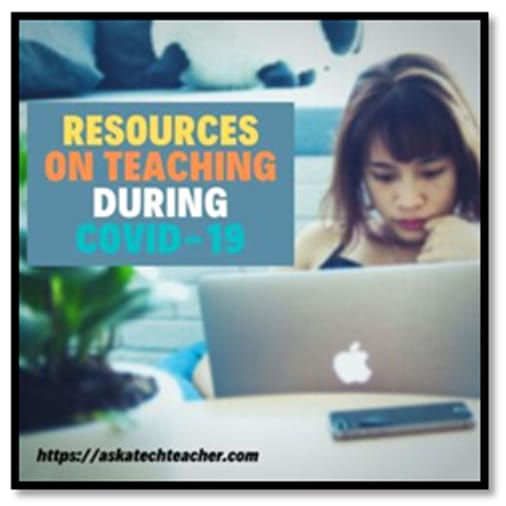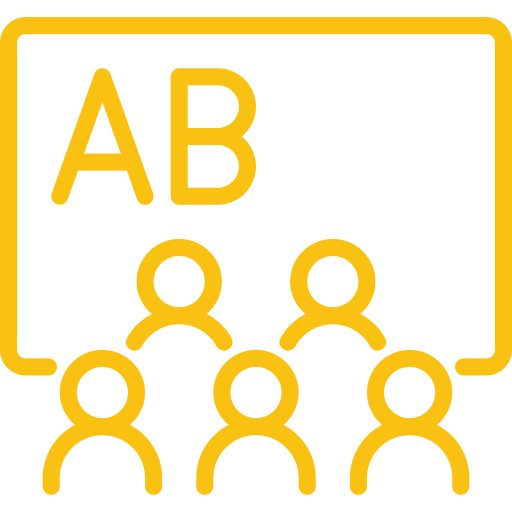 By Jacqui Murray
By Jacqui Murray
Teaching during the COVID-19 pandemic is challenging. We educators understand online learning, probably have taken classes this way, but we haven’t yet wrapped our brains around how to make it work in OUR classes. In fact, the biggest question I get from teachers in my online classes and on my blog is:
“How do I do it?”
I know–very broad–but teachers are worried. They are invested in teaching their classes and suddenly it seems impossible to meet yearly goals, build lifelong learners. What can they do to make that happen, to fulfill their personal goals of getting students excited about learning?
Here’s what I’ve heard this past week or so:
- Issues
- Pedagogies for distance learning
- Curricula for online teaching
- Links fellow teachers are using that work
These aren’t comprehensive, just what I’ve heard as most of us are only one-two weeks into this challenging education opportunity.
Issues
“The classroom teacher can’t be replaced by an electronic device.”
That’s not what happens in online teaching. The teacher is as critical or more in an online classroom as they are in the physical class. The old style of online class that was impersonally delivered has been replaced by an active teacher fully involved in the online experience. She is simply in the cloud rather than in the room.
How to I provide equity for those without computers or internet access at home is challenging?
- Repurpose cart devices or class laptops to go home.
- Access the required site through mobile devices. Most are more limited but might work for your purposes.
- Provide mobile hotspots distributed by school.
- Access community hotspots and open WiFi, often made available by local businesses who are eager to assist.
- When you have internet access, download work from Google Classroom to work offline.
- Check with your local broadband provider to see if they have free access programs.
How do I make online learning personal?
- Add videos of you discussing a project or welcoming them in the morning. These can be done quickly and uploaded intuitively.
- Include comments when listing work so students can ask questions. Or, have a backchannel that you monitor for the same reason.
- Have a frequent virtual meeting via Google Hangouts Meet, Zoom, or an option through your LMS. This has the extra advantage of letting students see each other as they do at school.
If I am online, students can access me any time.
No–establish office hours. Online or via Google Voice
Pedagogies for distance learning
Online learning is different that the physical classroom. As I talk with fellow teachers, here are some of the pedagogies they are using that work. This isn’t meant to be comprehensive, just what I ran into this week:
- Take attendance with Google Forms.
- Assign ereading and then have a virtual chat about what was read (either through the eread website/program or through your LMS).
- Include regular virtual class meetings so students see you and each other.
- If you put out screencasts, include the option for having your picture on the screen. Students want to see you.
Curricula for online teaching
If your school curriculum doesn’t translate well to online teaching, there are lots of options available that are (mostly) free and keep learning moving forward. Here are some choices:
- Khan Academy
- CK12
- Google Computer Science for High School–free workshops (with application) for K-12 teachers
- Learn to Code (for free)
- Ted-ED Think Like A Coder–a 10-episode cartoon-based series to teach kids about coding in a game format
- Common Sense media
- Google’s Be Internet Awesome–abbreviated course
- Keyboarding
Links fellow teachers are using that work
Here’s a partial list of the online tools my teaching community mentioned they are using with students in this online learning environment:
- 4 Tips for Teaching Virtually–from Learn, Lead, and Grow
- Amazing Education Resources–sorted by topic and age group
- Britannica LaunchPacks–free of charge to all US schools
- San Diego Virtual Zoo
- Biology simulations
- Bozeman Science–Biology Curriculum
- Common Sense–coping with COVID-19
- GetEpic–Digital library for kid’s books
- Go Nessy–learning resources for students, including special needs like Dyslexia
- Home Learning Daily Schedule
- LiveBinders Remote Learning resources
- Mission US–5 simulations to immerse students in history
- Moving to a virtual Classroom–from Microsoft
- Navigating Uncertain Times: How Schools Can Cope With Coronavirus,”–from EdSurge
- Study Ladder--lots of online resources for kids
- Teaching during COVID-19–from CSTA
Jacqui Murray has been teaching K-18 technology for 30 years. She is the editor/author of over a hundred tech ed resources including a K-12 technology curriculum, K-8 keyboard curriculum, K-8 Digital Citizenship curriculum. She is an adjunct professor in tech ed, Master Teacher, webmaster for four blogs, an Amazon Vine Voice, CSTA presentation reviewer, freelance journalist on tech ed topics, contributor to NEA Today, and author of the tech thrillers, To Hunt a Sub and Twenty-four Days. You can find her resources at Structured Learning.





















